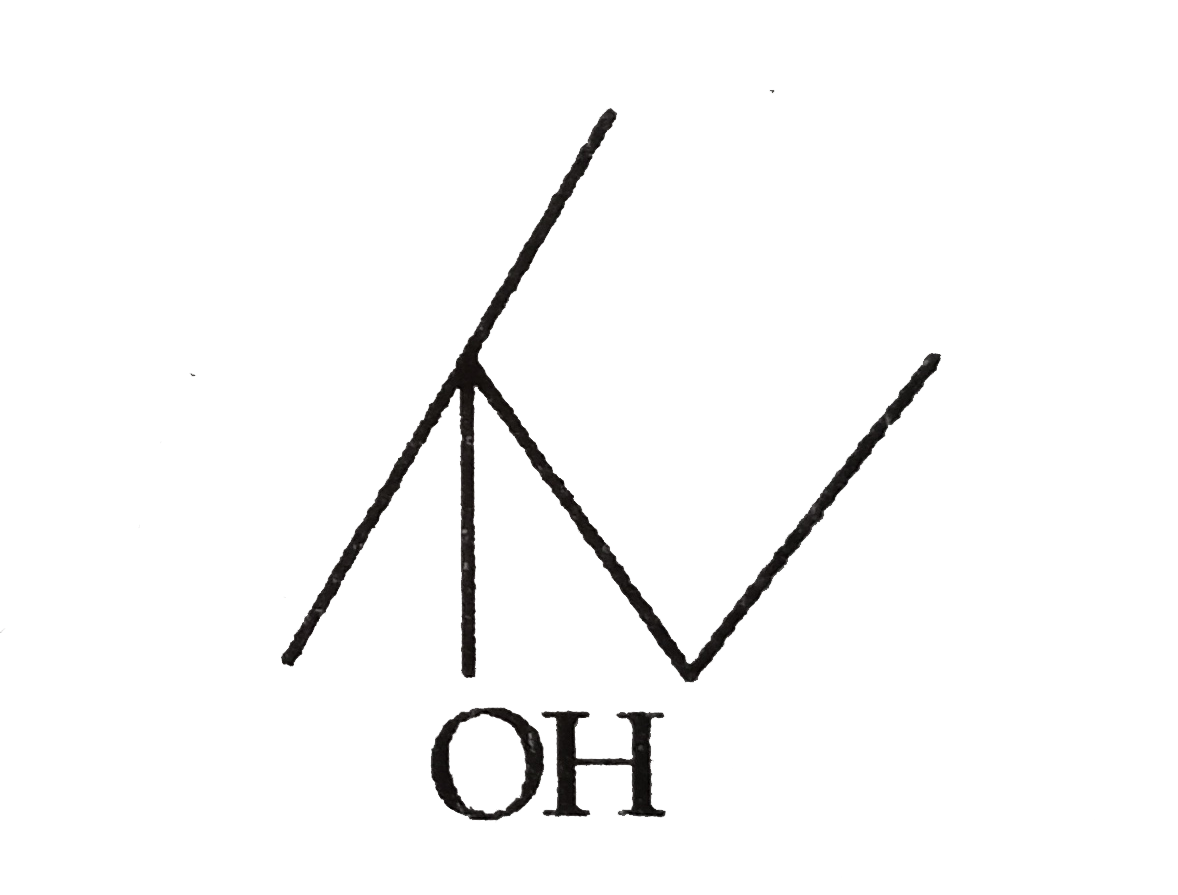How will you synthesise the following from ethyl chloride?
n-Butane.
To synthesize n-butane from ethyl chloride (C2H5Cl), we can use the Wurtz reaction. Here’s a step-by-step breakdown of the process:
Step 1: Understand the Reactants
- Ethyl chloride (C2H5Cl) is our starting material.
- We need to produce n-butane (C4H10), which consists of four carbon atoms.
Step 2: Wurtz Reaction Overview
- The Wurtz reaction involves the coupling of alkyl halides in the presence of sodium metal (Na).
- In this case, we will use two moles of ethyl chloride.
Step 3: Set Up the Reaction
- The reaction can be represented as follows:
2C2H5Cl+2Nadry ether−−−−−→C4H10+2NaCl
- Here, dry ether acts as a solvent.
Step 4: Mechanism of the Reaction
- Sodium (Na) will react with the chlorine atoms in ethyl chloride, replacing them and forming sodium chloride (NaCl).
- The ethyl groups (C2H5) from two moles of ethyl chloride will combine to form n-butane (C4H10).
Step 5: Products of the Reaction
- The products of the reaction are:
- n-Butane (C4H10)
- Sodium chloride (NaCl)
Final Reaction Equation
Putting it all together, the overall reaction can be summarized as:
2C2H5Cl+2Nadry ether−−−−−→C4H10+2NaCl
Summary
Thus, by using the Wurtz reaction with ethyl chloride and sodium in dry ether, we can successfully synthesize n-butane.
---
- Ethyl chloride (C2H5Cl) is our starting material.
- We need to produce n-butane (C4H10), which consists of four carbon atoms.
- The Wurtz reaction involves the coupling of alkyl halides in the presence of sodium metal (Na).
- In this case, we will use two moles of ethyl chloride.
- The reaction can be represented as follows:
2C2H5Cl+2Nadry ether−−−−−→C4H10+2NaCl
- Here, dry ether acts as a solvent.
- Sodium (Na) will react with the chlorine atoms in ethyl chloride, replacing them and forming sodium chloride (NaCl).
- The ethyl groups (C2H5) from two moles of ethyl chloride will combine to form n-butane (C4H10).
- The products of the reaction are:
- n-Butane (C4H10)
- Sodium chloride (NaCl)
Putting it all together, the overall reaction can be summarized as:
2C2H5Cl+2Nadry ether−−−−−→C4H10+2NaCl
Thus, by using the Wurtz reaction with ethyl chloride and sodium in dry ether, we can successfully synthesize n-butane.
Topper's Solved these Questions
- HALOALKANES AND HALOARENES BOOK - ICSECHAPTER - HALOALKANES AND HALOARENES EXERCISE - ISC EXAMINATION QUESTIONS
4 Videos
- HALOALKANES AND HALOARENES BOOK - ICSECHAPTER - HALOALKANES AND HALOARENES EXERCISE - MULTIPLE CHOICE QUESTIONS
29 Videos
- HALOALKANES AND HALOARENES BOOK - ICSECHAPTER - HALOALKANES AND HALOARENES EXERCISE - EXERCISE (PART - II DESCRIPTIVE QUESTIONS) (SHORT ANSWER QUESTIONS)
94 Videos
- GENERAL PRINCIPLES AND PROCESSES OF ISOLATION OF ELEMENTS BOOK - ICSECHAPTER - GENERAL PRINCIPLES AND PROCESSES OF ISOLATION OF ELEMENTS EXERCISE - EXERCISE (PART-I ( OBJECTIVE QUESTIONS )) (Fill in the blanks)
60 Videos
- ISC QUESTION PAPERBOOK - ICSECHAPTER - ISC QUESTION PAPEREXERCISE - PART-II(SECTION-B)
74 Videos
Similar Questions
How will you synthesise the following from ethyl chloride?
Propionic acid.
View SolutionHow will you get the following compounds from ethyl bromide? n-Butane.
View SolutionHow will you synthesise the following alcohol from appropriate alkene:

View SolutionHow will you get the following compounds from ethyl bromide? Ethene.
View SolutionHow will you get the following compounds from ethyl bromide? Ethanol .
View SolutionHow will you get the following compounds from ethyl bromide? Ethyl acetate.
View SolutionHow will you convert methyl chloride into ethyl chloride ?
View SolutionHow will you get the following compounds from ethyl bromide? Diethyl ether.
View SolutionHow will you obtain the following from the acetic acid?
Ethyl acetate
View SolutionHow will you obtain the following from the acetic acid?
Ethyl acetate
View Solution
